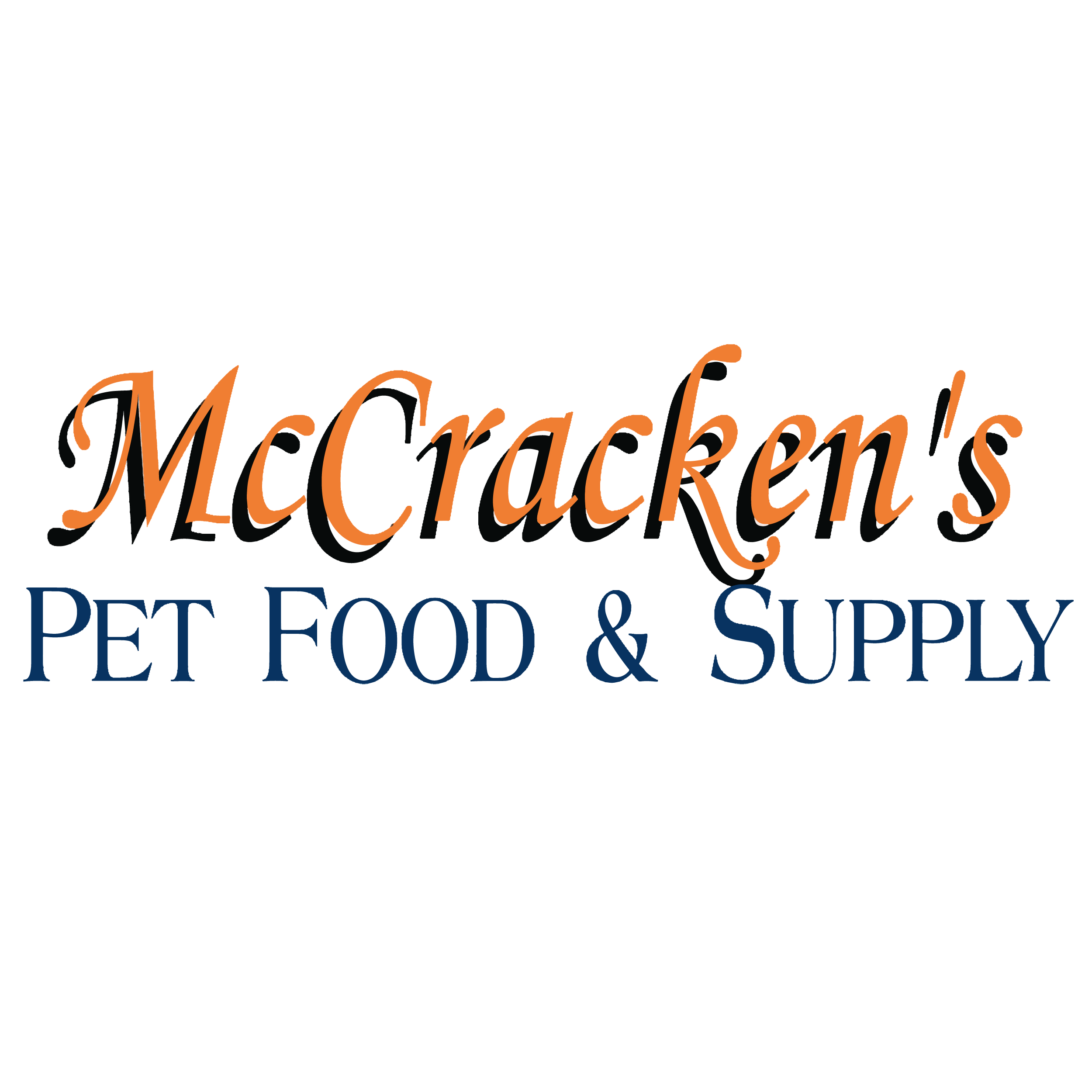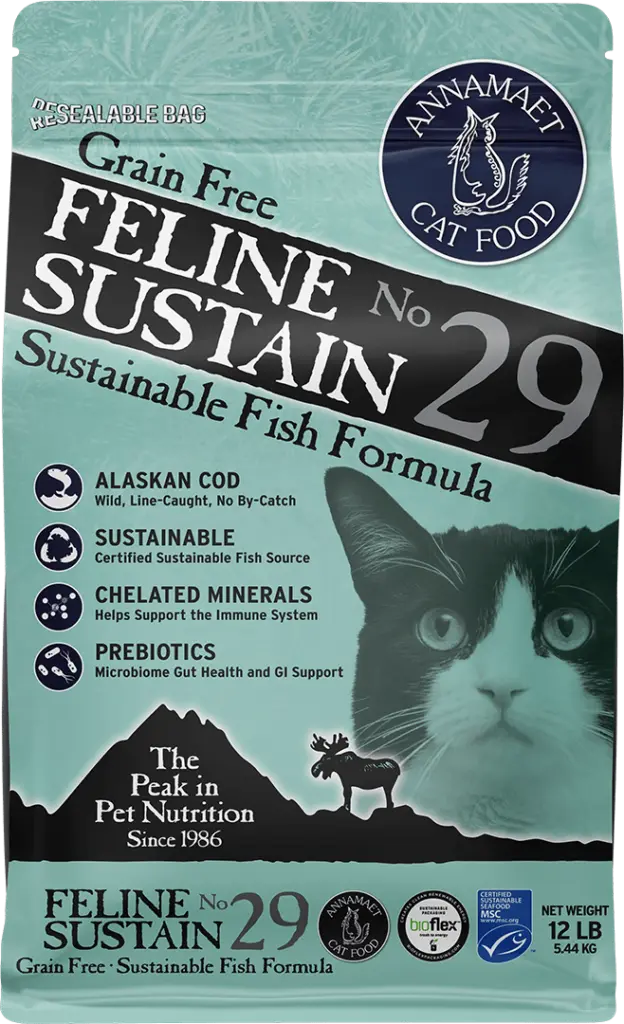Natural Cat Food
Holistic, Natural, and Healthy Cat Food!
For the BEST natural cat food follow your instincts. You’re here because you love your pet. You do everything you can to ensure a long, happy life for your favorite family member.
Brands We Carry:
Other Brands Available to order:
- Answers Raw Cat Food
- The Honest Kitchen
- Open Farm Cat Food
- Ziwi Peak
- Lotus Cat Food
- Tucker’s Freeze Dried
- Tiki Pets Cat Food
- Boss Cat Pet Food
- Dave’s Cat Food
- Nutrisca
- EARTHBORN UNREFINED
- EARTHBORN VENTURE
- PRO PAC
- Sportmix
- FirstMate
- Earth Animal Cat Food
- Holistic Select
- Eagle Pack
- Wellness Complete / CORE
- Grandma Mae’s Country Naturals
- Grandma Lucy’s
- Green JuJu
- Hound & Gatos
- KOHA
- Nature’s Logic
- Natural Balance
- NULO
- Bixbi RAWBLE / Liberty
- NORTHWEST NATURALS
- PRIMAL Raw / Freeze Dried
- Stella & Chewy’s
- Steve’s Real Food
- Sojos
- SmallBatch Freeze-Dried
- VetDiet
- Essence Cat Food
- Inception Cat Food
- Purina
- Pro-Plan
BARF stands for “biologically appropriate raw foods” or “bones and raw foods.” When it comes to pet food, “raw” is a broad term that can include many options. You can choose to make your own homemade raw cat food or purchase prepackaged raw meals that are made by pet food manufacturers and available in many pet stores. In the U.S., 3% of dog owners and 4% of cat owners purchase raw food for their pets.
A true BARF diet for cats includes much of what a feline in the wild would eat: muscle meat, bones and organs. Uncooked prey is high in protein and moisture, and contains essential substances that are only found in meat, such as taurine, fatty acids, vitamins and minerals. A BARF diet aims to resemble a wild diet as much as possible to provide cats with all of these essential nutrients.
IS A BARF DIET FOR CATS SAFE?
There are two primary concerns about the safety of BARF diets for cats: nutritional imbalances and bacterial contamination.
Nutritional Imbalances
The majority of prepackaged raw pet food options sold in pet stores are complete and balanced. All pet food for sale in the U.S. must have a nutritional adequacy or AAFCO statement on its packaging to show that it meets nutritional minimums, so you should look at the labels to verify that it is complete and balanced. If this is not listed on the packaging, there will be a statement advising that the food is intended for intermittent or supplemental feeding only.
Homemade raw meat is where there can be a risk. In the wild, cats consume nearly every part of their prey, which provides the appropriate amount of nutrients — bones provide calcium, organs provide taurine and meat provides protein and moisture. One of the biggest mistakes pet parents make when switching to a BARF diet is not understanding how to prepare complete and balanced raw food. Homemade BARF diets need to mimic the diet of a cat in the wild as closely as possible. That means incorporating the right amounts of organs, bones, vitamins and supplements. An incomplete or unbalanced raw diet can cause nutritional deficiencies that can lead to a variety of health issues.
Bacterial Contamination
Homemade raw diets, if not prepared correctly, can pose more of a bacterial health risk than prepared raw foods if the proper handling and cleaning procedures are not followed.
Manufacturers of prepared raw foods that you can buy from a pet store follow a zero-tolerance policy when it comes to bacteria and pathogens. Some manufacturers use FDA-approved high-pressure processing (HPP) to remove harmful bacteria, while others use elevated safety measures and testing procedures to ensure that it is free of pathogens. Check the link below for the full article.

